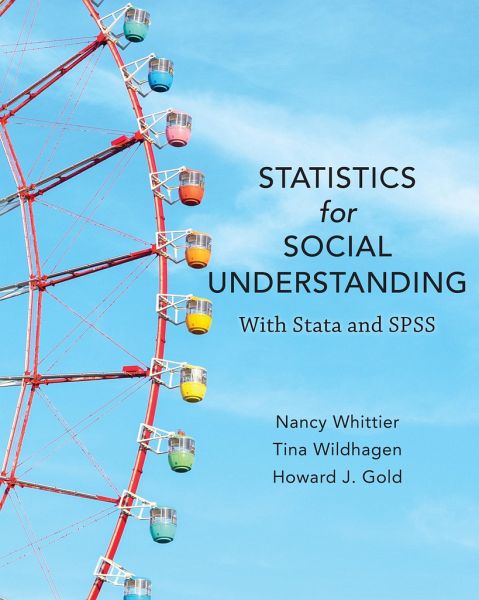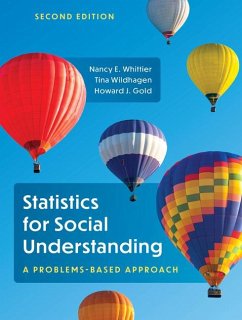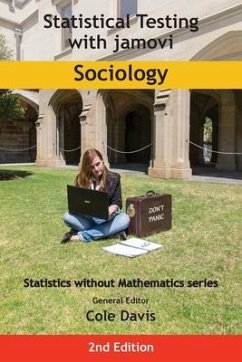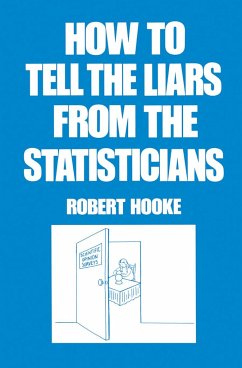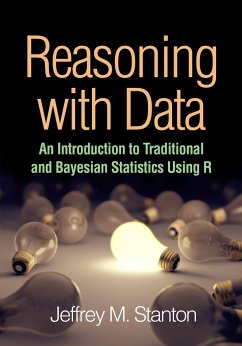Nancy Whittier is Sophia Smith Professor of Sociology at Smith College. She has taught statistics and research methods for 25 years, and also teaches classes on gender, sexuality, and social movements. She is the author of Frenemies: Feminists, Conservatives, and Sexual Violence (Oxford University Press, 2018), The Politics of Child Sexual Abuse: Emotions, Social Movements, and the State (Oxford University Press, 2009) and numerous articles on social movements, gender, and sexual violence. Tina Wildhagen is Associate Professor of Sociology and Dean of the Sophomore Class at Smith College. She has taught statistics and quantitative research methods for more than a decade, and also teaches courses on privilege and power in American education, inequality in higher education. Howard J. Gold is Professor of Government at Smith College. He has taught statistics for 30 years, and also teaches courses on American elections, public opinion and the media, and political behavior. His research focuses on public opinion, partisanship, and voting behavior.
